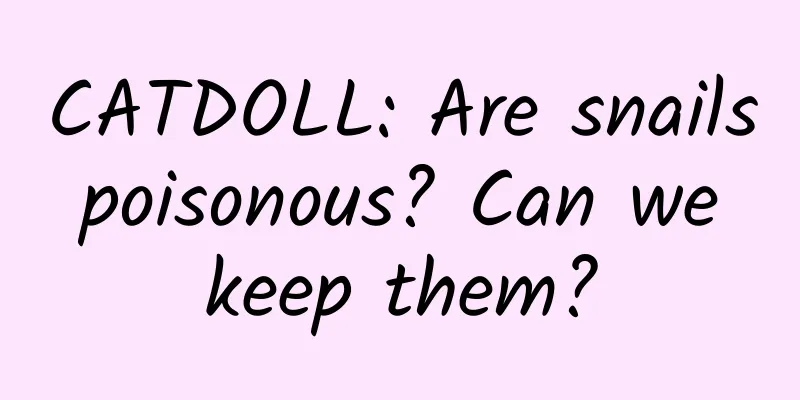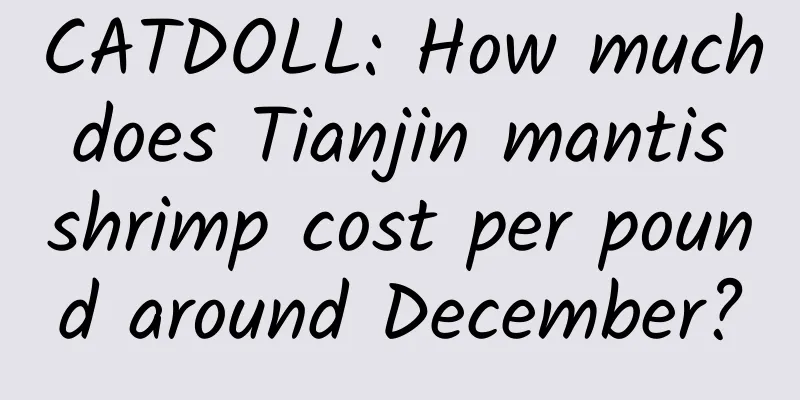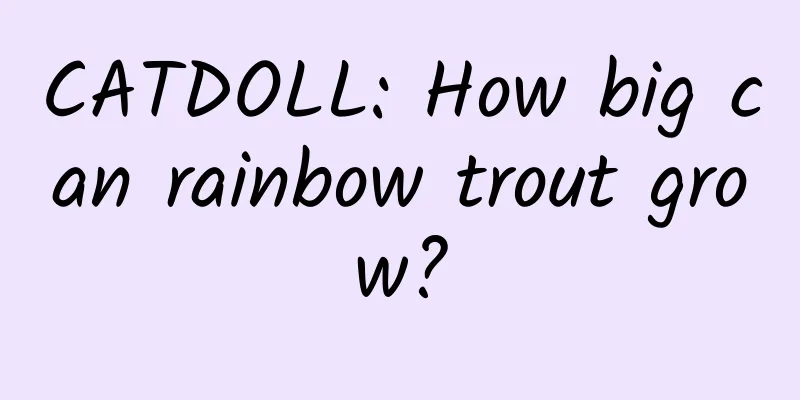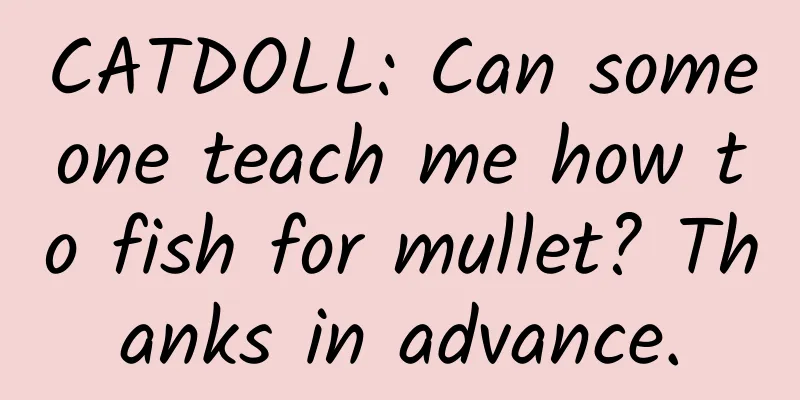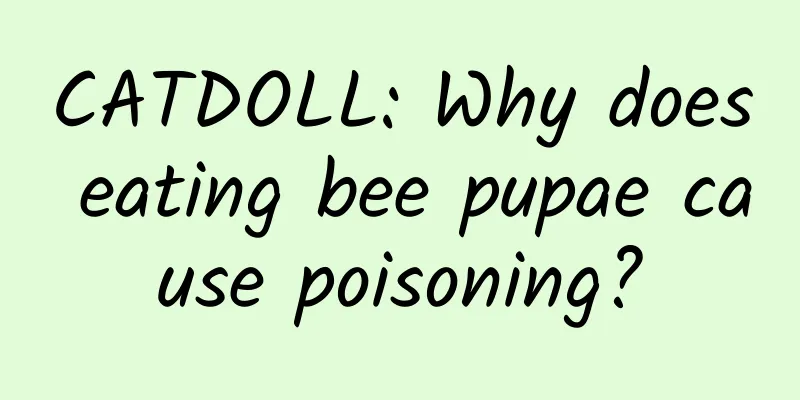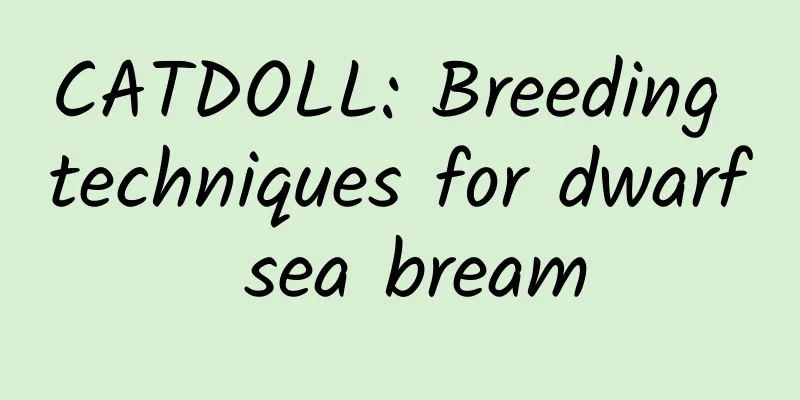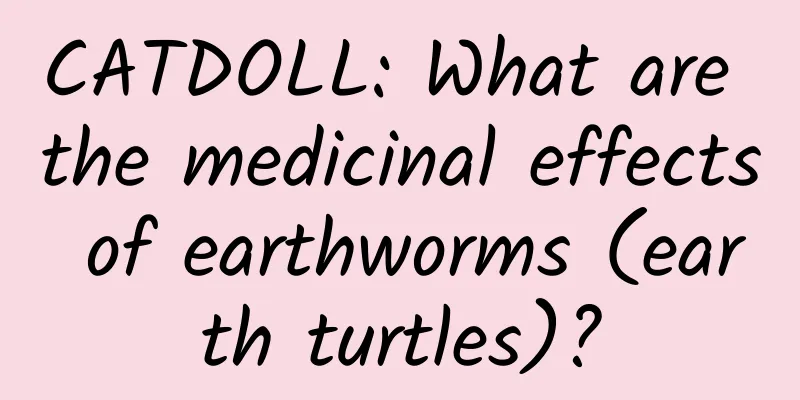CATDOLL : CATDOLL: What are the natural enemies of bees? How to prevent them?
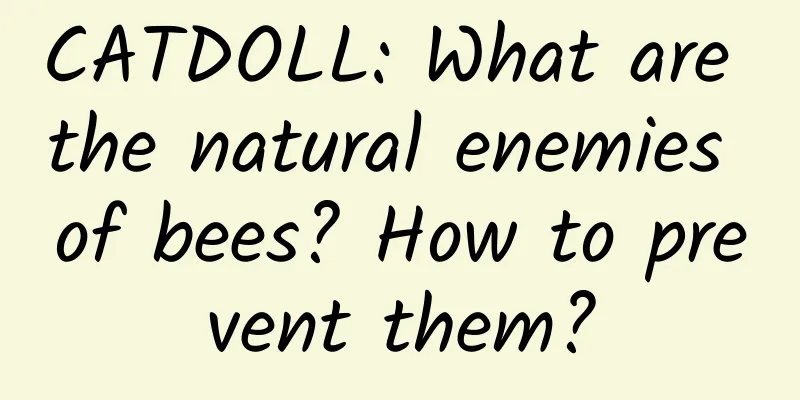
1. What are the natural enemies of bees? How to prevent them?The natural enemies of bees generally include ants, robber flies, hawk moths, etc. Ants often crawl around beehives, enter beehives through the gaps or nest doors, eat honey and pollen, attack bees, and interfere with the normal activities of bees. Its prevention and control methods: ① Destroy ant nests: After finding the ant nests, use wooden stakes or bamboo poles to make 3-4 holes about 60 cm deep, pour kerosene, and then fill them with soil; you can also dig up the ant nests, sprinkle quicklime, and then water or spray 5%-10% sodium sulfite solution for prevention and control. ② Raise the beehive: Drive a wooden stake at each of the four corners of the beehive, and apply asphalt or tung oil on the stakes to repel ants. ③ Ant mites control: This drug is particularly effective against ants and harmless to bees. When ants are found to be harming bees, spray 3-5 grams of mites on the ant trails and ant bodies, and let them return to the nest to poison and kill all the ants in the nest. Robber flies, also known as fly dogs, are yellow to black with white spots and 30 mm long. Robber flies are widely distributed in fields or wilderness, and often stay near bee farms, waiting for an opportunity to catch bees. When they catch up with a bee, they pounce on it, hug it, and pierce its mouthparts into the membrane between the bee's neck to suck hemolymph and kill it. To prevent and control robber flies, you can use manual beating methods. Adult hawk moths hide in dark places during the day and fly out at night to look for nectar or honey for food. Once they smell the scent of honey in the bee colony, they sneak into the beehive through the nest door to steal the honey. When the nest door is too small to enter, they use the segments of their abdomen to rub and make sounds around the beehive to alarm the bee colony or disturb the bee colony in the gaps outside the beehive. Hawk moths have little effect on western honey bees. Once hawk moths sneak into the Chinese bee colony, it will cause the Chinese bees to abandon the nest and flee. The prevention and control method is to add 1000 times solution of 3% crystal dichlorvos to syrup and pour it into a sponge carrier, place it around the apiary at night, and collect it in the early morning of the next day; you can also put honey and wine in a container, and then cover it with an iron gauze cage with a funnel-shaped opening on it, so that when the hawk moth enters the cage to eat the honey wine, it will drown. In addition, a Chinese rametle leaf beetle appeared in Ningxia in the autumn of 2004. This beetle belongs to the family of beetles and is a pest of bees. Its large-scale appearance and reproduction will cause a large number of deaths in bee colonies, with some queen bees being stung to death or cannibalized, which will also cause devastating losses to the beekeeping industry. Bees are a delicacy for many natural enemies, but no natural enemy can destroy the entire colony of bees by eating a few bees. The natural enemies of bees are insectivorous birds such as swallows, bee-eaters, and tits. If the winter is very cold, the green woodpecker will use its powerful beak to peck through the beehive and eat the bees that have been closed for the winter. Honey buzzards, which are birds of prey, are not afraid of stings because of their dense feathers. They destroy beehives and eat bee eggs and larvae. Some insects are also bee killers. They sting and kill bees. Mud wasps are one of them. They look like large wasps. After catching a bee, they squeeze its abdomen to extract all the nectar, and then leave the bee's remains as food for their larvae. Dragonflies are terrible carnivorous insects, and they also regard bees as delicacies. Spiders set webs to catch bees, crab spiders set traps in the corolla to catch bees, and orb-web spiders "wait for bees in their webs." Other animals are interested in the fruits of bees' labor, such as beehives and honey. Wasps covet the honey stored in beehives, a butterfly called the beehive moth lays its eggs in the beehive, and caterpillars use the cells of vulnerable bee colonies to weave webs. A dipteran insect nicknamed "bee louse" parasitizes bees, especially queen bees, and forces victims to spit out food. The most terrifying is bee spore disease caused by a single-cell organism, and aspergillosis caused by fungi, which can paralyze the respiratory system of bees and cause blindness. Among mammals, bears are honey gourmets. Ants often crawl around beehives, enter beehives through the gaps or nest doors, eat honey and pollen, attack bees, and interfere with the normal activities of bees. Its prevention and control methods: ① Destroy ant nests: After finding the ant nests, use wooden stakes or bamboo poles to make 3-4 holes about 60 cm deep, pour kerosene, and then fill them with soil; you can also dig up the ant nests, sprinkle quicklime, and then water or spray 5%-10% sodium sulfite solution for prevention and control. ② Raise the beehive: Drive a wooden stake at each of the four corners of the beehive, and apply asphalt or tung oil on the stakes to repel ants. ③ Ant mites control: This drug is particularly effective against ants and harmless to bees. When ants are found to be harming bees, spray 3-5 grams of mites on the ant trails and ant bodies, and let them return to the nest to poison and kill all the ants in the nest. Robber flies, also known as fly dogs, are yellow to black with white spots and 30 mm long. Robber flies are widely distributed in fields or wilderness, and often stay near bee farms, waiting for an opportunity to catch bees. When they catch up with a bee, they pounce on it, hug it, and pierce its mouthparts into the membrane between the bee's neck to suck hemolymph and kill it. To prevent and control robber flies, you can use manual beating methods. Adult hawk moths hide in the dark during the day and fly out at night to look for nectar or honey for food. Once they smell the scent of honey in the bee colony, they sneak into the beehive through the nest door to steal the honey. When the nest door is too small to enter, they use the abdominal segments to rub and make sounds around the beehive to alarm the bee colony or disturb the bee colony in the gap outside the beehive. Hawk moths have little effect on Western honey bees. Once hawk moths sneak into the Chinese bee colony, they will cause the Chinese bees to abandon the nest and flee. Its prevention and control method: add 1000 times solution of 3% crystal trichlorfon to syrup and pour it into a sponge carrier, put it around the bee farm at night, and collect it in the early morning of the next day; you can also put honey and wine in a container, and then cover it with an iron gauze cage with a funnel-shaped opening on it. When the hawk moth enters the cage to eat the honey wine, it will drown. Bumblebee, a bumblebee can kill hundreds of bees in one minute. Bumblebees steal honey and feed bee pupae to bumblebee larvae. 2. How to drive away wasps?1. Wormwood, wormwood sticks, 2. Squeeze the lemon into water to make a spray and then spray it around the food. Also, burn hair or egg shells and sprinkle them in places where wasps are present to drive them away. Insects are afraid of this smell. I hope this helps you. 3. How to prevent a large number of wasps from entering the house (hibernating)?Why not just install a screen? Or spray it with insecticide, it's also an insect, it should work. 4. How can you kill a hornet easily?It is best to use something to kill the insects, but insecticide is also good. If it is a hornet's nest, it will be troublesome. You must call 119 to deal with it. Never deal with it yourself. 5. How to eliminate waspsYou can handle the small ones yourself, and call 119 for the big ones. Use smoke first, and then burn them after they are all out. |
<<: CATDOLL: What is the effect of using white beeswax in lipstick ingredients?
>>: CATDOLL: Can anyone tell me how to grow maggots?
Recommend
CATDOLL: Do you know how to choose and clean the ponds for Penaeus vannamei farming?
The preliminary preparations for whiteleg shrimp ...
CATDOLL: How long does it take to harvest golden cicadas?
1. How many years do you have to raise cicadas be...
CATDOLL: A method to increase the growth rate of pigs
Reasons for slow growth of pigs There are many re...
CATDOLL: How to raise squid?
How to raise squid??? First, you need to buy all ...
CATDOLL: What are the types and breeding prospects of freshwater fish fry?
There are many kinds of freshwater fish fry, whic...
CATDOLL: Why do crabs shed their shells?
Why do crabs need to shed their shells? The ball ...
CATDOLL: Can roosters eat scorpions?
1. Can roosters eat scorpions? If it is a free-ra...
CATDOLL: Why do pigs eat brick noodles? A detailed explanation of the relationship between pigs' eating habits and brick noodles
The reason why pigs eat brick noodles As an omniv...
CATDOLL: What do you need to prepare to raise snails? (What do you need to prepare to raise snails?)
1. Instructions for raising snails? Snails need t...
CATDOLL: When is the best time to eat crabs?
Every year when the autumn wind is cool, crabs ru...
CATDOLL: What are the harmful effects of catfish on the human body?
What are the harms of Fu Shou fish to the human b...
CATDOLL: Why is it difficult to catch mullet in October?
Why is it difficult to catch mullet in October? H...
CATDOLL: The mullets are not taking the hooks on the water surface?
1. Mullets are on the water surface and don’t tak...
CATDOLL: Which month is the best to raise cicadas?
1. In which month can artificially bred cicadas s...
CATDOLL: How to write a psychological analysis report sample of a person who raises ants (How to write a psychological analysis report sample of a person who raises ants)
1. What kind of people like to raise ants? Person...


